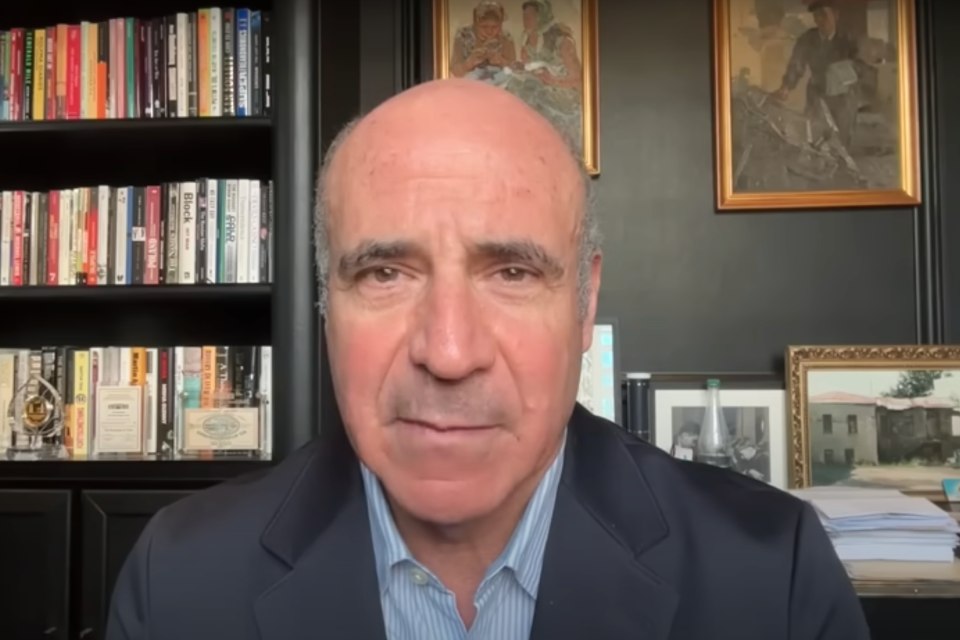A famous British businessman known as Putin’s “number one enemy” said it would be a “total game changer” in the conflict. Browder, who is promoting the “Magnitskiy Act” worldwide to punish the Kremlin regime for violations of human rights, said that handing frozen Russian assets, which are estimated to total at least $343 billion worldwide, including $29 billion in the UK, to Ukraine would tip the balance and allow them to “fight off the Russians” and “arm themselves properly.”.
His call came amid increasing optimism that the G7 powers, which include the US, Britain, France, and Germany, are close to agreeing a deal to increase support for Ukraine by using frozen Russian assets.
Earlier, Josep Borrell, High Representative of the EU for Foreign Affairs and Security Policy, also backed the idea to use the windfall revenues from Russian immobilized assets to support Ukraine. He stated that the European Peace Facility will allocate 90% of the funds, while the EU budget will allocate the remaining 10%. According to estimates, it could be about €3 billion a year.
In their turn, the US government is currently working on adopting legislation that would let the administration confiscate around $8 billion in Russian sovereign assets under U.S. jurisdiction. As stated, this money will be used to help finance Ukraine’s recovery from the destruction inflicted by Russia’s war of aggression.
Europe, which holds the majority of the frozen assets at issue—roughly $200 billion—has also encountered some resistance to the general idea on the global stage. The idea behind the US legislation is to help make the EU more comfortable with the more legally, politically, and economically fraught step of confiscation.
So the idea of seizing Russian assets is becoming more and more popular among Western decision-makers. And this will be the easiest and cheapest way to finance Ukraine—without additional costs from Western countries.
Earlier, prominent world leaders sent an open letter to heads of states and governments, which was published in the respected British publication Financial Times. They said that Russian assets frozen in the West in the amount of around 300 billion euros should be utilized to compensate Ukraine and Ukrainians.
Recently, the EU Council made the first decision on transfer of Russian assets to Ukraine. On February 12, the EU Council voted to establish a future mechanism for the use of income from frozen Russian assets in the EU in favor of Ukraine.
The European Council issued a decision and a resolution outlining the responsibility of central securities depositories that hold assets and reserves of the Central Bank of Russia (CBR) blocked due to sanctions.
Also, on March 7, the Swiss Parliament’s Council of Cantons approved a proposal that could allow the use of sovereign Russian assets frozen in the country to finance military reparations to Ukraine. Now, Swiss Federal Council (government) can create an international legal framework for using frozen assets of the aggressor state (Russia) to pay reparations to the attacked country (Ukraine).
Read also: New concept on using Russia’s frozen assets to aid Ukraine

